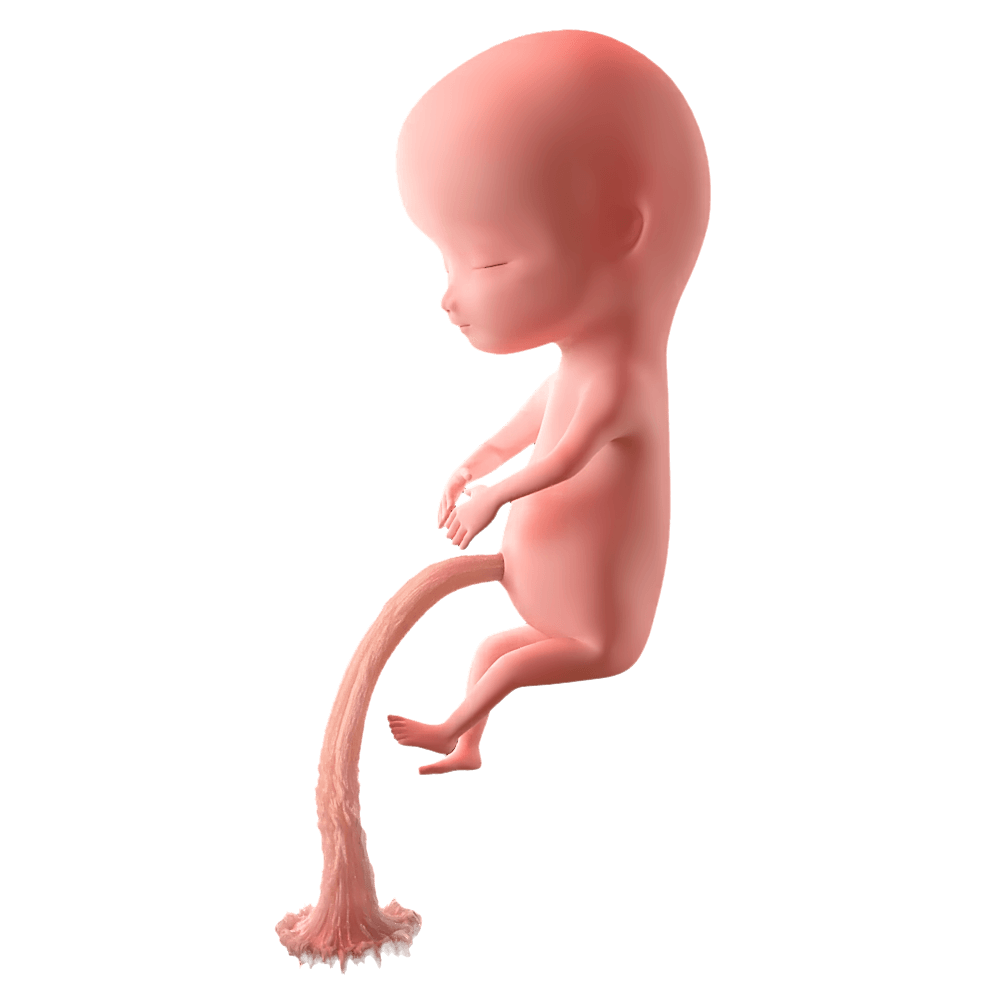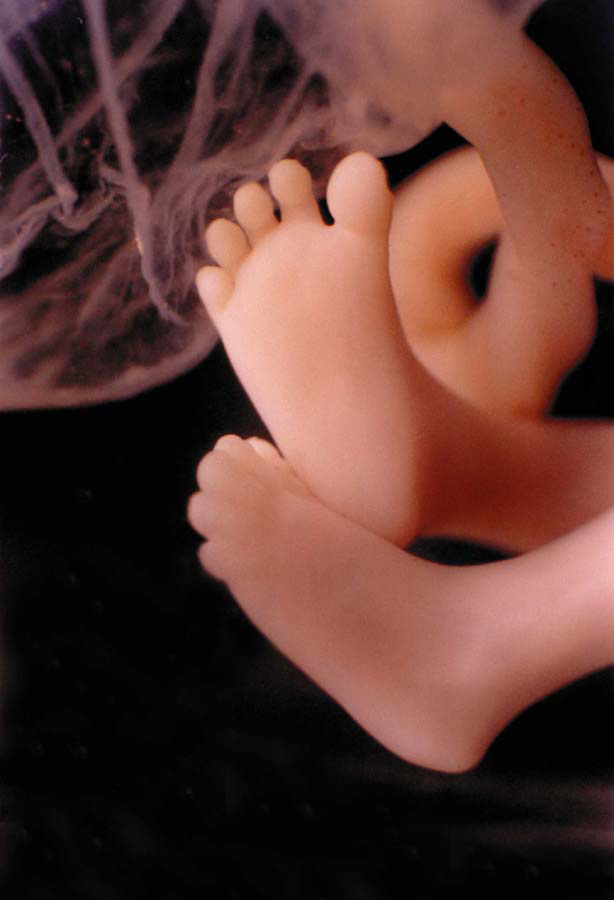Become A Defender of Life
Your donation helps us continue to provide world-class research in defense of life.
DONATECharlotte Lozier Institute
Phone: 202-223-8073
Fax: 571-312-0544
2776 S. Arlington Mill Dr.
#803
Arlington, VA 22206

Week 14
Goal-oriented hand movements
- Post-conception Week 12
- 4 Months Pregnant
- Gestational Week 14
In week 14, the fetus grows rapidly and increases his body weight by over 50%.4 The fetus’s body finally starts growing faster than his head,5 and his arms become more proportional with the rest of his body.6 Starting in the next few weeks, babies start growing at different paces, with some faster than others. Nevertheless, they all follow the same developmental path.
When scientists studied ultrasounds of fetal movements at 14 weeks gestation, they found that the fetus has goal-directed movements toward her own eyes and mouth as well as the uterine wall. Before this age, the fetal movements were jerky and ballistic, but now the hands slow down as they approach their target. Furthermore, if the fetus has a twin, some of her movements will be directed towards the twin as well.7 Additionally, the fetus moves more gently when reaching towards her twin’s face.8 Similarly, by 18 weeks, the fetus will reach for her eyes and mouth faster and with greater precision when she uses her dominant hand.9
This week, the fetal intestine develops villi, finger-like structures that increase the surface area in the intestine so that it can absorb more nutrients. The cells in the intestinal walls have been absorbing water and glucose for over a week, but the villi make this process more efficient.10
Finally, sporadic eye movements start between 14 and 16 weeks.11 These have been detected using ultrasound. Scientists will use eye motion to tell whether the fetus is awake, in quiet sleep, or dreaming (rapid-eye movement sleep). However, rapid-eye movements are usually only detected after 23 weeks.12










